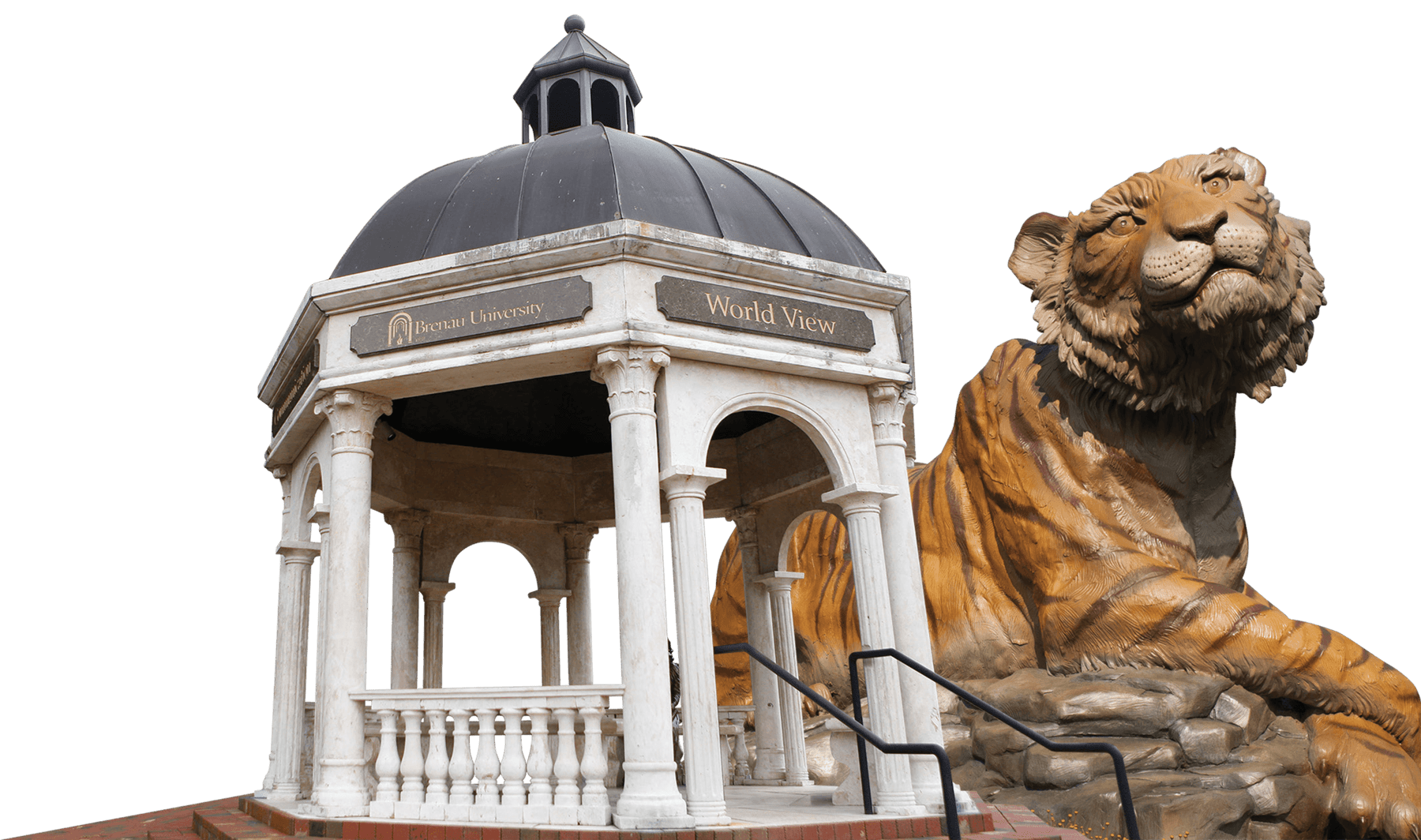The Women’s College of Brenau University may be adding new signature programs, but it is also retaining and supporting its rich 140-year history, legacy and traditions. Take a look back at all 14 decades of Brenau women through these moments captured in the Brenau University Archives.
A group of businessmen led by the Rev. William Clay Wilkes created the Georgia Baptist Female Seminary. On July 4, 1878, the first brick was laid and the school was prepared for its opening day in September. The school at its founding was made up of one two-story building, and there were 55 young women enrolled in its opening year. The first graduation was held in June 1879.
In 1886, Wilkes died suddenly and the Board of Trustees put the school up for sale. Professor Azor Van Hoose, who had recently moved to Gainesville to begin another venture with Wilkes, purchased the school and assumed Wilkes’ duties. Van Hoose built Wilkes Hall in 1887, refitted the entire institution with new buildings and brought the Georgia Baptist Female Seminary into a new frontier.
In 1893, Van Hoose solicited the help of Haywood Jefferson Pearce, then-president of Columbus Female College. For a time, both men held equal interest in the school and served as co-presidents. They constructed several buildings including Yonah Hall, Bailey Hall and Pearce Auditorium — or “The Auditorium,” as it was known at the time. Built in 1897, the auditorium was described as one of the most beautiful buildings in the South, and it remains known for the large mural painted on its ceiling that shows Aeneas in the Court of Dido.
In 1900, Pearce and Van Hoose with help from music professor Otto Pffefferkorn, decided to change the school’s name. The men were inspired by a passage from the Book of Isaiah that states, “I will make me a man finer than gold, yea, finer than the golden wedge of Aphir.” They crafted the word “Brenau,” taking the beginning of the German word “brennen,” meaning “to refine,” and the beginning of the Latin word “aurum,” which means “gold.” From this they crafted the phrase “as gold refined by fire.”
Camp Takeda — named for Aya Takeda, a Japanese exchange student from the class of 1914 — was created in 1923 as an eight-week summer camp for 50 young women. During her time at Brenau, Lucile Townsend Pearce, Class of 1900 and later wife of President Pearce, organized Camp Takeda’s horseback riding group and unofficially looked after the rest of the camp, overseeing the day-to-day operations with Pearce. Camp Takeda fizzled out after Lucile Pearce’s death in 1946.
In 1928 the single-gender, residential preparatory school Brenau Academy was founded on the campus of the Women’s College.
In 1939, an oddly carved stone was brought to Emory University in Atlanta, where Pearce’s son was a history professor. Haywood Pearce Jr. purchased the stone and brought it to his father at Brenau. The stone was reportedly discovered on the banks of the Chowan River in North Carolina, and, if authentic, tells the story of Eleanor Dare, her daughter, Virginia, and the lost Colony of Roanoke. Pearce posted an ad for more stones and amassed a large collection of forgeries. The validity of the stones remains highly debated.
Virginia Hall was built in 1954 as a new area for offices and dorms. Today, the iconic red-brick, two-story building is adjacent to the Brenau Trustee Library and includes a conference room, the offices of the Department of Humanities and residential housing. The Pearces once lived in a home that occupied this plot of land. The house was demolished, and the hall was named in honor of President Pearce’s mother.
During his tour of campus before becoming Brenau’s sixth president in 1970, James Rogers witnessed the old gymnasium burn to the ground. In 1974, Rogers had an amphitheater built on the site of the old gym, and a natatorium was also added to campus. The buildings were Rogers’ primary achievement as president, though he also notably allowed nonresidential males to enroll at Brenau.

In March 1992, Brenau College became Brenau University to reflect the broader scope of its comprehensive programs of study and its ever-changing and growing student body. A convocation was held to announce the change to the student body. The administration of John S. Burd also updated the Brenau logo to one featuring four arches representing the Four Portals of Learning: science, communication, world view and creativity.
